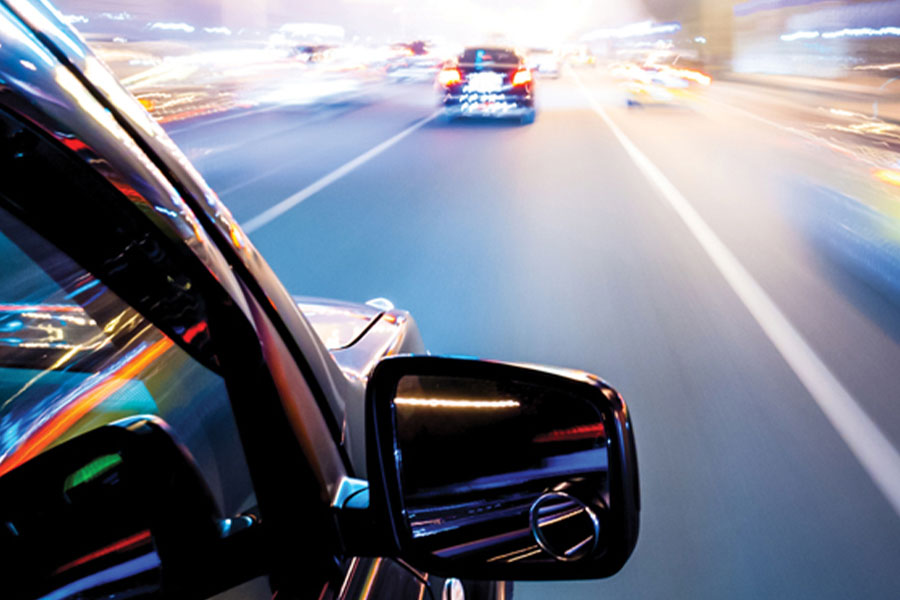6 Tips for Nighttime Driving

Driving during the winter is hard enough without having to worry about the added risks of driving at night. Here are our recommendations to help keep you safe while driving after dark.
Use Headlights and High Beams
Headlights need to be on any time light is compromised including dawn, dusk and night, plus during heavy cloud coverage or foggy, rainy or snowy conditions. Make sure your high beams are never on when following a car, and that you dim them at least 500 feet from any oncoming vehicles. In addition to high beams being too bright for other drivers on the road, in-vehicle consoles and GPS devices may also shine too brightly at night. Before leaving, take time to adjust the screen brightness to a level that is less distracting.
Check Your Eyesight
Regardless of your age, eyesight can change drastically in the course of just one year. While driving during the day may not be difficult with 20/20 vision, you may need a prescription for night-time driving, especially when conditions make it harder to see.
Keep Your Headlights and Windshield Clean
Snow, rain, ice or steam on your windshield is a hazard, but did you know that dirty or damaged headlights can decrease visibility and cast glare onto oncoming drivers? Make sure you are cleaning your windows, mirrors, dash and headlights every two to three months.
Stay Safe and Awake
Did you know you are three times more likely to be in a car crash if you are fatigued? According to the National Safety Council, about half of U.S. adult drivers admit to consistently getting behind the wheel while feeling drowsy—20 percent admit to falling asleep behind the wheel at some point in the past year.
Back Off
There are two ways you should back off while driving at night: back off the speed and back off the car in front of you. While it is never a good idea to follow another vehicle too closely, this should be especially avoided during dark hours or when the weather is bad.
Be on the Defense
According the National Highway Traffic Safety Administration, the rate of fatal crashes involving alcohol impairment is nearly four times higher at night than during the day. Additionally, drivers are more likely to encounter animals, such as deer, at night or very early in the morning.





